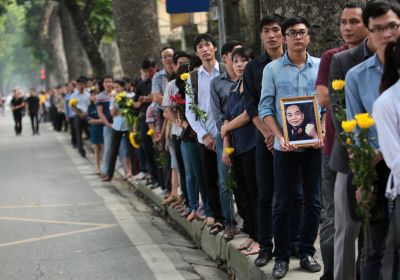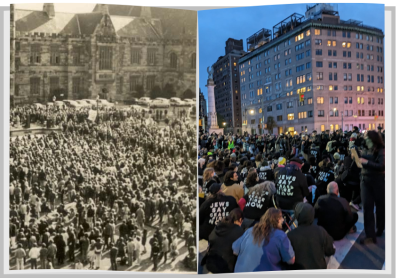
Fifty years ago, the world celebrated the historic victory of the National Liberation Front over the United States-backed puppet regime in South Vietnam, writes Jim McIlroy.

Fifty years ago, the world celebrated the historic victory of the National Liberation Front over the United States-backed puppet regime in South Vietnam, writes Jim McIlroy.
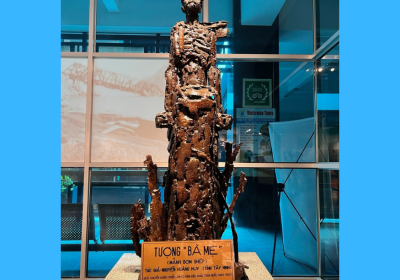
Aaron Monopoli visits the War Remnants Museum in Ho Chi Minh City in Vietnam and discovers the story of the Vietnam War — as told by a people resisting colonialism and imperialist invasion.
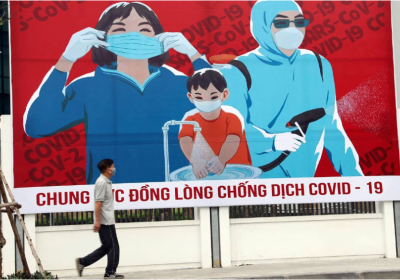
Vietnam ‒ the country US generals once tried to “bomb into the stone age” ‒ is quietly leading the world in fighting the COVID-19 pandemic, writes Peter Boyle.
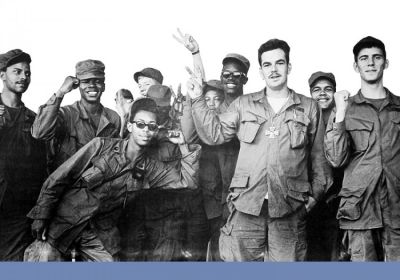
At the height of the US invasion of Vietnam, about 500,000 United States military personnel were involved in the conflict. Of those, more than 50,000 lost their lives — and the US lost the war.
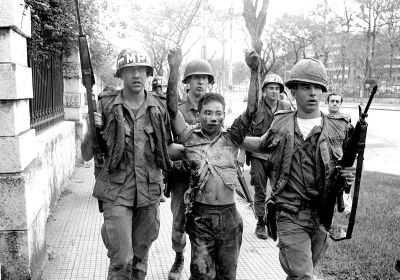
Fifty years ago, the Vietnamese resistance turned the tide against the United States war on their nation.
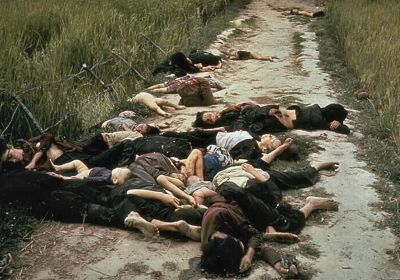
The 40th anniversary of the end of Vietnam War, which claimed the lives of millions of Vietnamese as a result of the United States aggression against the country, was marked on April 30. The war lasted from 1955 to 1975.
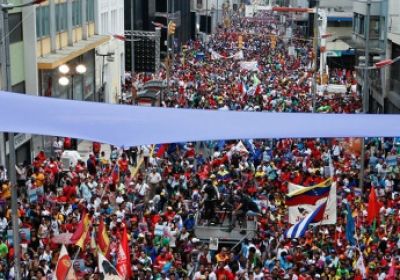
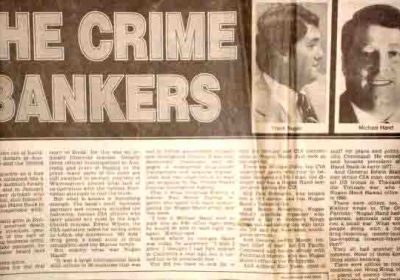
In early February 1978, on the strength of a claimed turnover of $1 billion, the Australian Financial Review reported that “at this sort of growth rate Nugan Hand will soon be bigger than BHP.”
